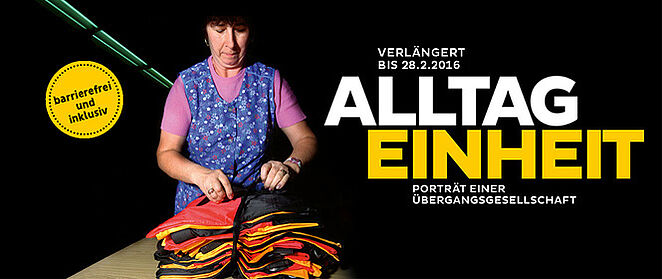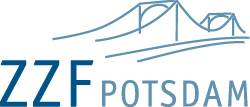Unification
German society in transition

27 May 2015 to 28 February 2016
Since 1990 two societies that were separated for forty years are growing together again. The political upheaval in the GDR in the autumn of 1989 and the opening of the Berlin Wall had made the reunification of the German Democratic Republic and the Federal Republic of Germany possible. The political and legal unity of Germany came into effect on 3 October 1990.
Everyday life in the union and the experiences of the people are the focus of the exhibition “Unification. German society in transition”. It deals with the transformation, historically unique in its dimension, of the entire political, economic, social and cultural structure of society in the former GDR as well as the concomitant changes in the old Federal Republic.
The German reunification demanded enormous efforts of adjustment and integration from the people in the eastern part of the country. They had to adapt to dramatic changes in their entire social environment and personal world within a relatively short period of time. Conflicts and deep social incisions accompanied the social transformation. After decades of division East Germans and West Germans now encountered each other in their everyday lives. This revealed social and cultural differences in the two societies. The images of the respective other society that were formed at the time still exert an influence on the consolidation of East and West.
From modifications in the language to dramatic changes at the workplace, from altered consumer habits to the different ways East and West Germans perceive each other, together with the cultural awakening experienced after the fall of the Wall, the exhibition gives insight into the world of everyday life, culture and experience in “German-German” society during its time of transition in the first half of the 1990s.
An exhibition of the Deutsches Historisches Museum and the Centre for Contemporary History Potsdam
